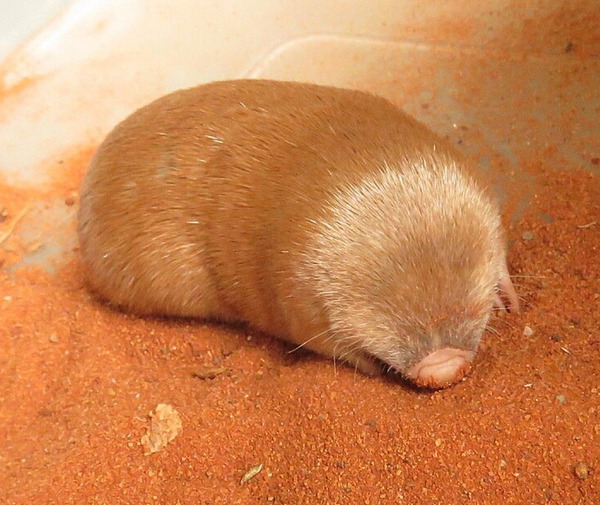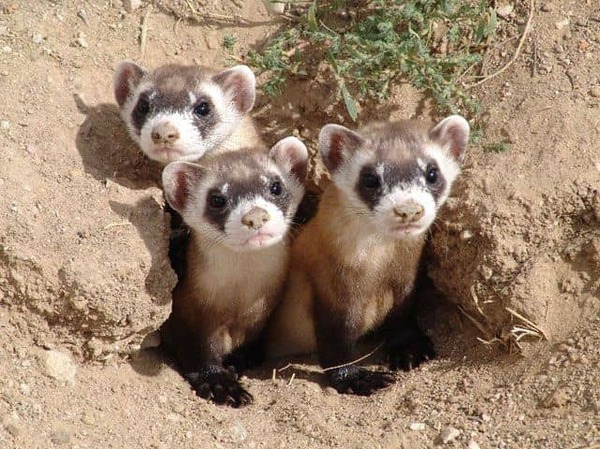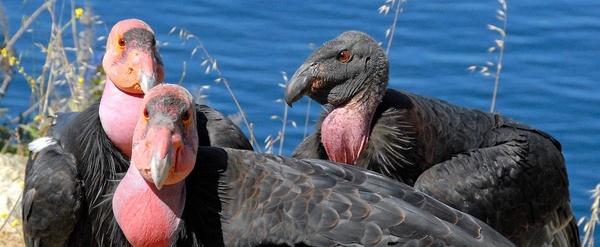While the number of endangered species is continually rising, there is still some positive news: certain species are returning from the brink of extinction. Here are several successful cases that showcase the power of conservation efforts and scientific advancements.

De Winton’s golden mole had not been seen since 1937 and was believed to be extinct. However, recently, this species was rediscovered near Port Nolloth, South Africa. This significant discovery was made possible through the collaboration of conservationists and a trained dog, marking a major milestone in the search for lost species after 86 years.

The scimitar-horned oryx was extinct in the wild, but efforts by the UAE Animal Welfare Association and global conservation organizations have successfully reintroduced this antelope. Over 500 young oryxes have been born outside captivity in Chad, and the International Union for Conservation of Nature has downgraded its status on the Red List, acknowledging the establishment of a self-sustaining population.

The golden lion tamarin was critically endangered in the 1970s, with only about 200 left in the wild. Through habitat restoration, vaccination against yellow fever, and reintroducing zoo-bred primates, the population has increased to around 4,800. This successful conservation effort demonstrates how human intervention can help restore endangered species.

The bald eagle, a national symbol of the United States, saw its population decline to just 417 pairs in 1963 due to hunting, habitat loss, and the pesticide DDT. The U.S. government enacted the Bald Eagle Protection Act in 1940 and banned DDT in 1972. A series of recovery programs have helped the bald eagle population rebound to a significant number, showcasing the effectiveness of legal and conservation measures.

The black-footed ferret was thought to be extinct due to habitat loss but was rediscovered in a Wyoming ranch in 1981. Breeding programs and habitat restoration have helped increase the population of wild black-footed ferrets. However, they still face threats such as habitat loss, plague, and human intolerance.

The California condor was nearly extinct in the 1980s, with only 27 individuals remaining. Thanks to breeding programs and habitat protection, the population has recently risen to about 500, making it a prime example of successful species recovery.

Although the thylacine, or Tasmanian tiger, was declared extinct in the 1930s, scientists are exploring opportunities for its resurrection through genetic technology and habitat restoration. While full resurrection has not yet occurred, these efforts provide a new perspective on species conservation.

The crested ibis was believed to be extinct in China in the 1970s, but conservation efforts in Japan have gradually increased its population. Today, the wild crested ibis population has recovered to several hundred, marking a successful conservation achievement.
Science plays an increasingly important role in discussions surrounding extinction. Advances in genetics and innovative technologies have sparked questions about the possibility of bringing extinct species back to life. Geneticist Andrew Pask is collaborating with the extinction revival company Colossal Biosciences to explore the potential of reintroducing a species that went extinct in the 1920s: the thylacine, which resembles a wolf.
While science has made significant contributions to the protection of certain species, it is crucial to prioritize biodiversity conservation globally. According to the International Union for Conservation of Nature, over 44,000 species are currently at risk of extinction, representing 28% of all assessed species. Countries must coordinate efforts to make the conservation of endangered species more organized and systematic.
From De Winton’s golden mole to the California condor, these cases of species resurrection remind us that despite challenges, successful conservation efforts are possible. Through scientific advancements and continued conservation efforts, we can create a brighter future for these endangered species and promote the restoration of Earth's biodiversity.
animal tags: Thylacine
We created this article in conjunction with AI technology, then made sure it was fact-checked and edited by a Animals Top editor.